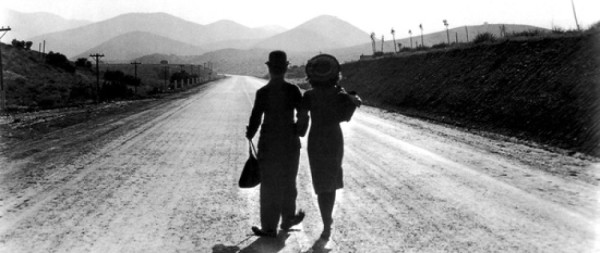Dr. Strangelove or: How I Learned to Stop Worrying and Love the Bomb
Directed by Stanley Kubrick
Written by Stanley Kubrick, Terry Southern and Peter George from a novel by Peter George
1964/USA/UK
Columbia Pictures Corporation/Hawk Films
Repeat viewing/Netflix rental
One of 1001 Movies You Must See Before You Die
[box] Major T. J. “King” Kong: Well, I’ve been to one world fair, a picnic, and a rodeo, and that’s the stupidest thing I ever heard come over a set of earphones. You sure you got today’s codes?[/box]
My definition of a classic comedy: when one can have all the lines memorized and it is still funny.
This black comedy takes place in the last several hours before the apocalypse. General Jack D. Ripper (Sterling Hayden) has become obsessed with Commie contamination of his precious bodily fluids and decides to order the bomber wing he commands to drop its hydrogen bomb cargo over the Soviet Union. He figures that the politicians will have no other choice that opt for an all-out attack before the Soviets can retaliate. His executive officer RAF Group Captain Lionel Mandrake (Peter Sellers) frantically attempts to get the general to see reason and retract the order but ends up being held captive by the lunatic.
In the meantime, we are given views of the activities inside a single bomber piloted by Maj. ‘King’ Kong (Slim Pickens). In the capital, Presiident Merkin Muffley (Sellers again) calls a meeting of his cabinet and Chiefs of Staff in the War Room to discuss the situation. Hawk Gen. ‘Buck’ Turgidson (George C. Scott) counsels all-out war but the President decides to enlist the cooperation of the Soviets to shoot down the bombers. Late in the game, German nuclear expert Dr. Strangelove (also Sellers) is called in for his advice. With Keenan Wynn as Col. ‘Bat’ Guano.
The plot summary doesn’t sound too funny but this is all played for belly laughs. Just the character names crack me up. Every single actor was on the top of his game – none more so than Sellers who creates three distinct characters with a perfect grasp of the accent of each one. He is wonderful. I always get a big kick out of George C. Scott as well. The black-and-white cinematography is stunning. Highly recommmended.
Dr. Strangelove was nominated for Academy Awards in the categories of Best Picture; Best Actor (Sellers); Best Director; and Best Writing, Screenplay Based on Material from Another Medium.
